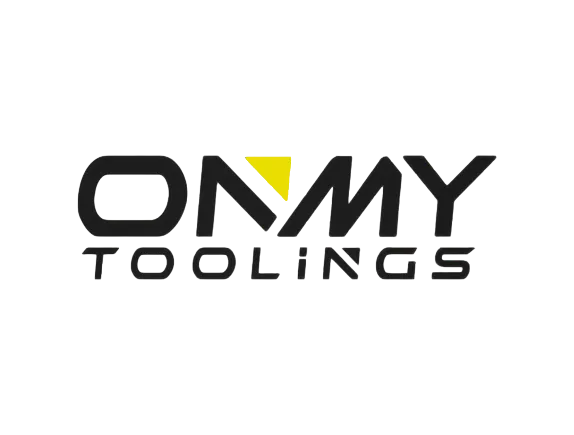Climb Milling vs Conventional Milling
Milling cutters are generally multi-tooth cutting tools. Due to the involvement of multiple teeth in cutting simultaneously and the longer cutting edges enabled, higher material removal rates can be achieved for higher productivity. Different milling cutters allow the machining of flat surfaces, grooves, slots, steps and complex contours, as well as gear teeth, threads, spline […]
